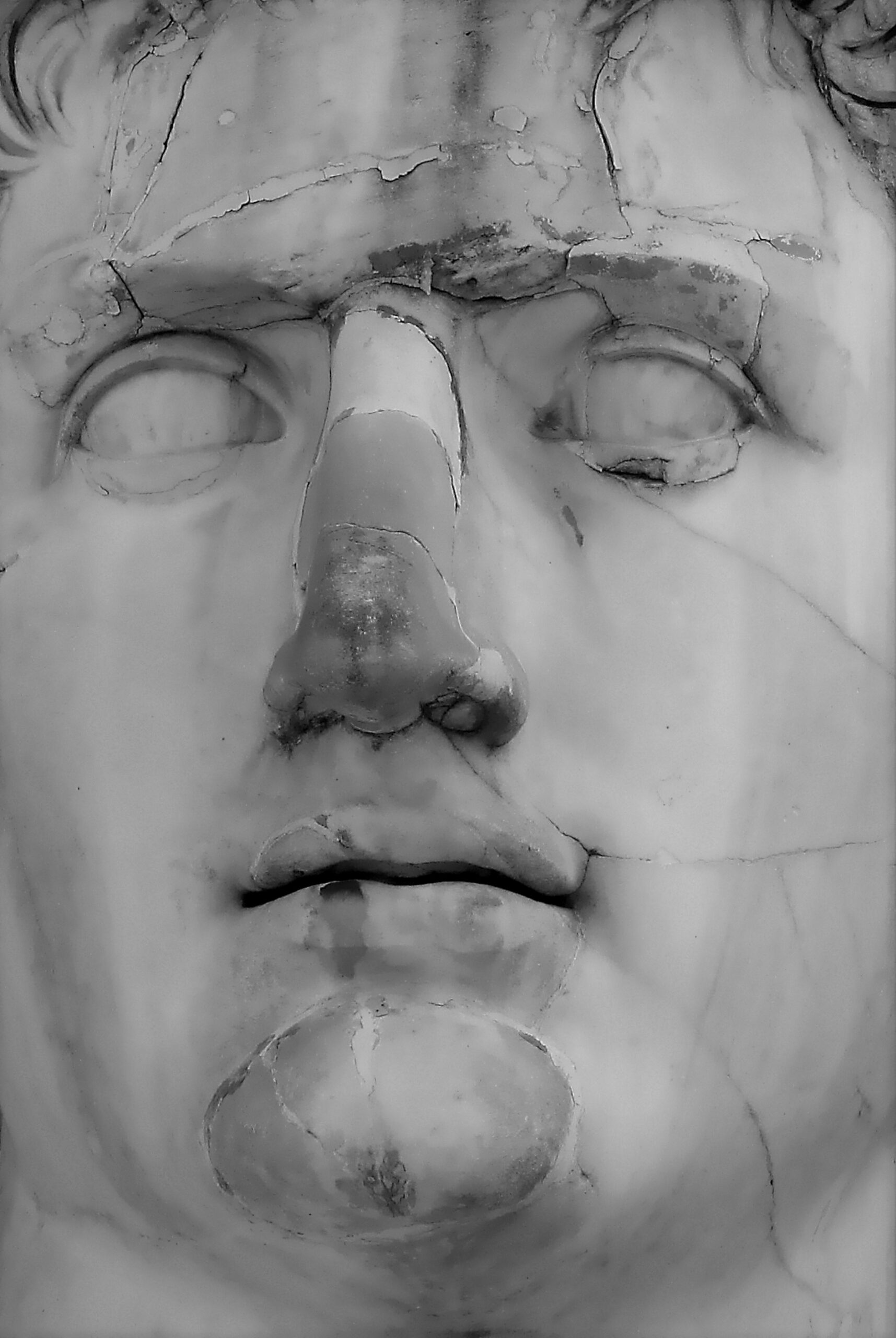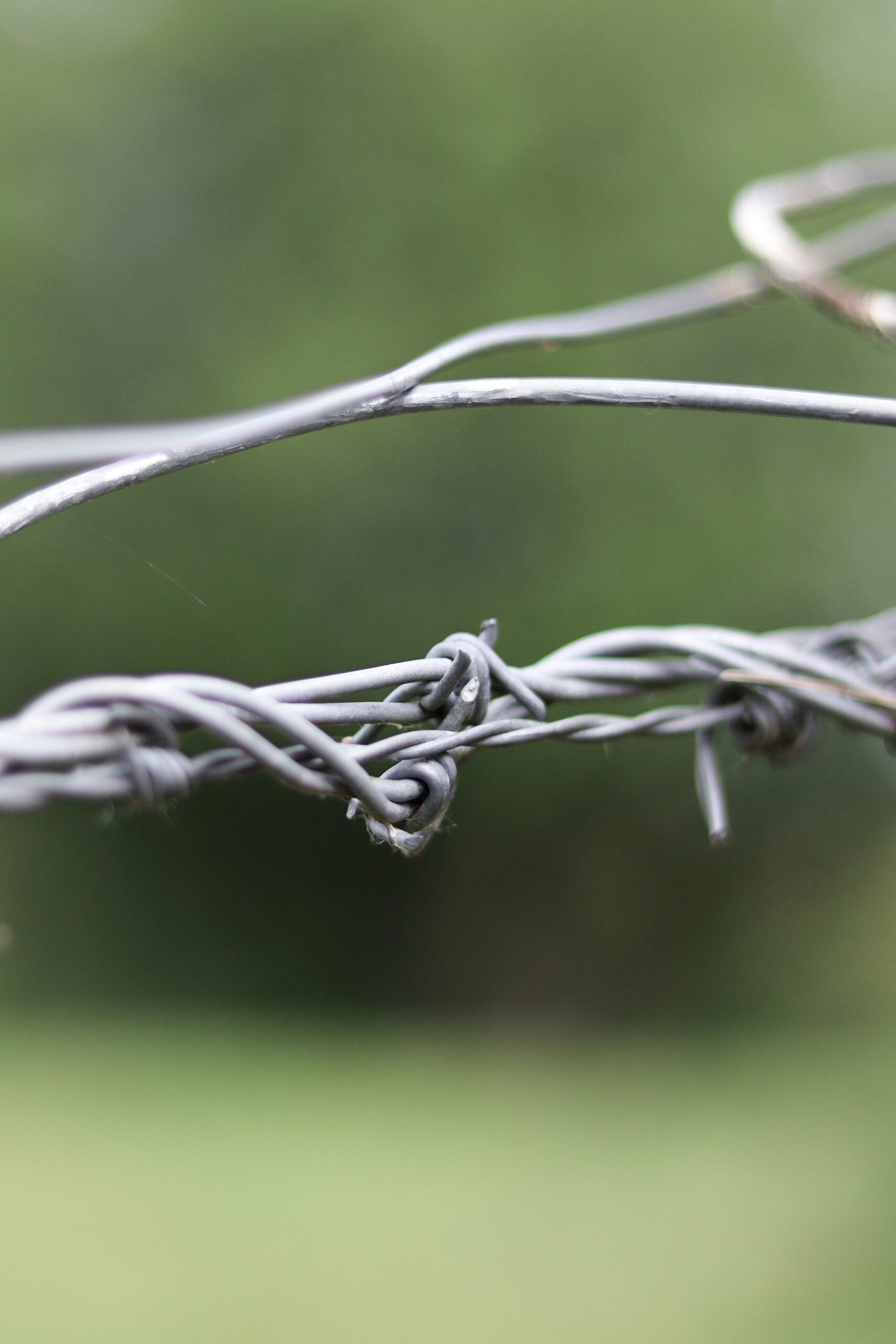The murder of JonBenét Ramsey has puzzled the world for decades, weaving a dark and tangled web of secrets, theories, and unanswered questions. How could a vibrant six-year-old girl, crowned child beauty queen, meet such a tragic and mysterious end in the comfort of her own home? As the case continues to haunt true crime enthusiasts and investigators alike, we’re diving deep into the twists and turns of this baffling story. Join me as we unravel the mystery behind the killing of JonBenét Ramsey—exploring the facts, the suspects, and the lingering questions that keep this case alive in public imagination.
Table of Contents
- The Enigmatic Crime Scene and What It Reveals
- Key Suspects and Theories That Keep the Case Alive
- Unexplored Evidence That Could Change Everything
- How Advances in Forensic Science Might Finally Solve the Mystery
- In Conclusion
The Enigmatic Crime Scene and What It Reveals
The scene where six-year-old JonBenét Ramsey was found has long captivated investigators and the public alike, shrouded in both intriguing clues and baffling contradictions. From the moment police entered the dimly lit basement of the Ramsey home, details emerged that seemed to both illuminate and confound the truth. The cryptic ransom note, unusually lengthy and meticulously crafted, hinted at an insider’s knowledge yet offered no clear motive. Meanwhile, physical evidence such as footprints, fibers, and the peculiar bindings used on JonBenét raised countless questions about possible suspects. What stands out most is how the crime scene seems to reflect a complex interplay of innocence disrupted—a chilling juxtaposition of a child’s room replaced by a stage of tragedy.
Delving deeper, forensic experts have highlighted several unsettling elements that continue to generate debate and theories within true crime circles. Among these are the unexplained marks on JonBenét’s body and the mysterious absence of any signs of forced entry into the home. Key observations include:
- The ransom note’s content and handwriting peculiarities, which suggest an attempt to mislead.
- DNA samples that did not conclusively point to a single culprit, leaving the door open for multiple interpretations.
- The timing of the events, which clashes with the family’s reported activities, fueling suspicions both inward and outward.
These fragmented pieces form a puzzle as enigmatic as it is tragic. Understanding the crime scene in its entirety requires not only examining the physical evidence but also piecing together the psychological undertones that lingered in the Ramsey household that fateful night.
Key Suspects and Theories That Keep the Case Alive
Over the years, several individuals have come under intense scrutiny as potential suspects in this perplexing case. The attention has primarily focused on close family members, including JonBenét’s parents, whose complicated relationship and conflicting statements fueled public suspicion. Additionally, the household staff and acquaintances were not exempt from scrutiny, as investigators tried to piece together who had the opportunity and motive to commit such a heinous act. But despite countless interrogations and forensic tests, no definitive culprit has ever been found, leaving room for endless speculation and theories.
Theories surrounding the case range from an intruder theory, suggesting a stranger broke in, to allegations involving hidden family secrets that could explain the tragedy. Enthusiasts and armchair detectives often debate evidence found at the scene, such as alleged signs of a struggle and peculiar details in the ransom note.
- The Intruder Hypothesis: a mysterious outsider with unknown motives.
- Inside Job Theory: family involvement clouded by lies and denials.
- Cover-up Claims: potential mishandling or concealment of crucial evidence.
Each proposed theory adds further layers to an already enigmatic puzzle, ensuring the discussion surrounding JonBenét’s death remains as vivid and controversial today as it was decades ago.
Unexplored Evidence That Could Change Everything
In the vaults of cold case files, whispers of undiscovered clues continue to surface, hinting at new dimensions of the JonBenét Ramsey case. Among these are forensic materials overlooked during initial investigations, including faint DNA traces that technology at the time couldn’t effectively analyze. Recent advancements in genetic sequencing and enhanced imaging techniques allow experts to revisit old samples, revealing patterns that might align with unknown suspects or corroborate alternative theories. Additionally, testimonies from previously unexamined witnesses have emerged, offering fresh perspectives that challenge the long-held assumptions surrounding this haunting tragedy.
Further intrigue arises from items recovered near the crime scene but never fully examined, such as objects with subtle fiber fragments or minute residues that only modern labs can decode. These artifacts, once deemed insignificant, could prove pivotal in reconstructing the timeline or establishing connections that evade current narratives. Consider the possibility of:
- An unidentified fingerprint found on a discarded object that doesn’t match anyone in official databases.
- Trace chemical elements indicating the presence of substances not linked to the family.
- Digital evidence from early surveillance or background noise analysis, possibly capturing overlooked details.
With each layer peeled back, the case reveals a complexity that demands renewed scrutiny—making it clear that the keys to unlocking the truth may well lie in what was once unseen or unheard.
How Advances in Forensic Science Might Finally Solve the Mystery
In recent years, groundbreaking advancements in forensic science have injected new hope into cold cases that have long puzzled investigators and the public alike. Techniques such as DNA phenotyping and next-generation sequencing now have the power to extract minute traces of genetic material from degraded or contaminated evidence — something that was nearly impossible when the Ramsey case first unfolded. By reconstructing physical traits from DNA fragments, experts might finally identify or rule out persons of interest with scientific precision, peeling back layers of uncertainty that have kept the mystery alive for decades.
Beyond genetics, innovations in digital forensics and chemical analysis offer fresh pathways to uncover hidden clues. Imagine harnessing highly sensitive mass spectrometry to detect elusive substances on memorabilia or clothing, or employing advanced imaging algorithms that can analyze crime scene photos in unprecedented detail. These tools, combined with modern data analytics, allow investigators to build more complete timelines and behavioral profiles. Amid the swirling theories, the promise of technology reopens doors, suggesting that the enigmatic silence around this tragedy could one day be broken with incontrovertible facts.
- Touch DNA testing: Identifies individuals from skin cells left on objects.
- Forensic genealogy: Traces family trees using public DNA databases.
- 3D crime scene reconstruction: Visualizes the scene accurately for better interpretations.
In Conclusion
As the years pass, the mystery of JonBenét Ramsey’s tragic death continues to captivate and confound us. Despite countless theories and endless speculation, definitive answers remain elusive, leaving us to piece together this chilling puzzle bit by bit. What really happened in that Boulder basement all those years ago? While the case may never be fully solved, our curiosity and determination to seek the truth keep the story alive. Until then, JonBenét’s legacy reminds us that sometimes, the most haunting mysteries are the ones that refuse to fade away.












